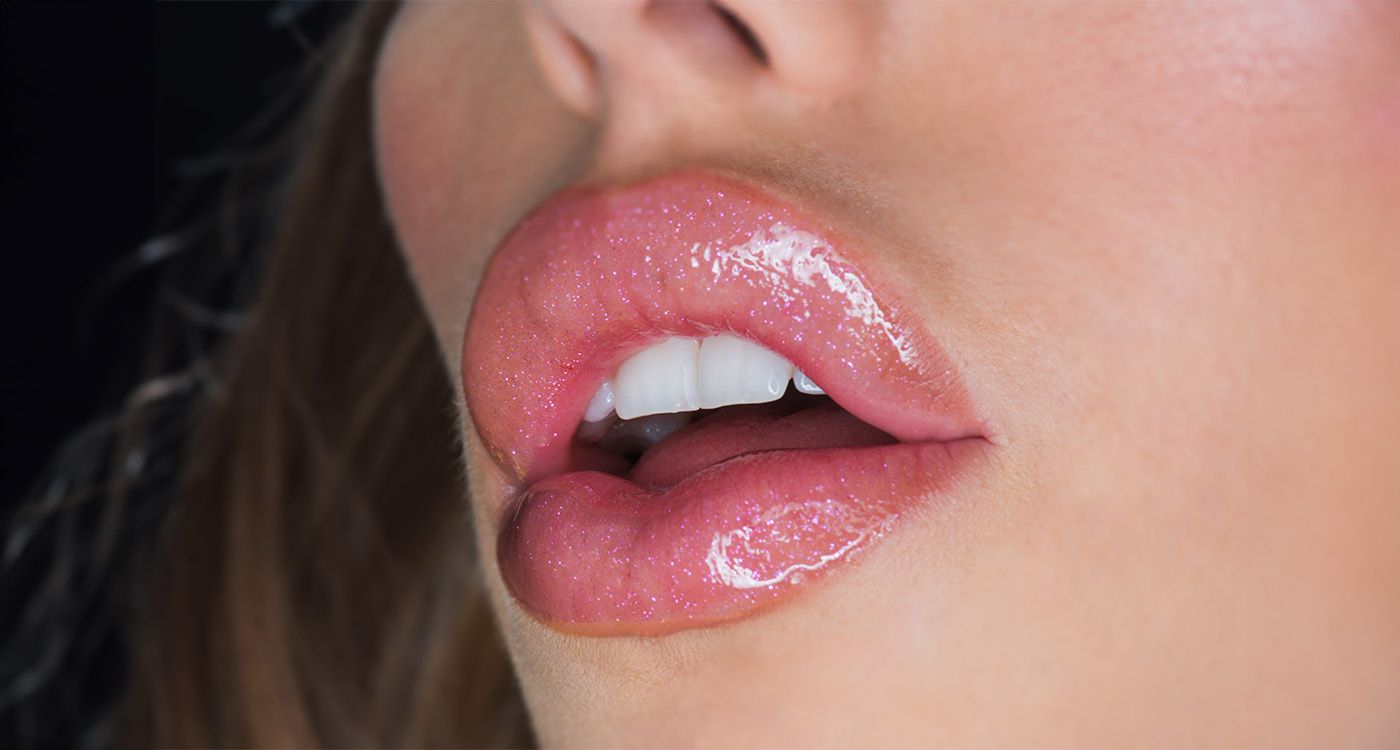- Home
- Highlights
- Permanent and Semi-Permanent Products: The False Miracle You Must Avoid

©Shutterstock
Silicone, polymers, biostimulators. So-called “long-lasting” injectables promise miracles but carry serious risks, including inflammation, migration, and irreversible nodules. Banned in France yet commonly used in Lebanon, these products can cause permanent damage. Any promise of lasting results should raise red flags, warns Professor Roland Tomb, Honorary Dean of the Faculty of Medicine at Saint Joseph University of Beirut and dermatologist-allergist at Hôtel-Dieu de France. Despite these risks, the quest for a flawless face has driven the development of so-called “permanent” and “semi-permanent” injectables.
A flawless face, preserved for years or even a lifetime. Since the 1980s, these injectables have been marketed as the ultimate solution to aging and facial imperfections. They include liquid silicone, polymer gels, polymethylmethacrylate (PMMA) microspheres, polyacrylamide, and polyalkylimide. Their promise: long-lasting correction, stable volume, and timeless youth with no turning back. The newest additions, known as biostimulators, include polylactic acid, polycaprolactone, and calcium hydroxyapatite, promising volumizing effects and collagen stimulation that can last up to two years.
The medical reality is very different. These substances, either permanent or absorbed only very slowly, stay in the tissues indefinitely. Unlike hyaluronic acid, which naturally breaks down, these gels, microspheres, and particles can persist and cause serious problems. The appeal of a “permanent” fix comes with a steep long-term cost.
-Chronic inflammation: over time, the immune system recognizes these substances as foreign, causing redness, swelling, pain, or repeated infections. These reactions can occur years after the initial injection.
-Migration: permanent products often move through the tissues, creating lumps, asymmetry, or unpredictable volume, sometimes far from the original injection site. Some patients develop bumps on the cheek or under the eye even when the product was injected into the lips.
-Irreversible nodules (granulomas): Firm, unsightly masses that can sometimes be painful or inflamed. They quickly become very difficult to treat without major corrective surgery. Even today, aesthetic medicine still encounters cases of granulomas appearing ten or fifteen years after the injection.
-Systemic or autoimmune complications: In rare cases, particle migration can trigger reactions in other organs or even autoimmune diseases. Psychological complications, sometimes severe — including depression and social withdrawal — are often underestimated.
The greatest challenge? Once injected, permanent products are nearly impossible to remove completely without damaging the tissues, often resulting in scarring, irregularities, or even tissue loss.
Stability as a Myth, Complications as Reality
Contrary to popular belief, so-called “permanent” products do not guarantee stable volume or lasting aesthetic results. The face changes over time: skin loosens, fat diminishes, and muscles shift, while the injected product remains fixed, eventually distorting features and highlighting discrepancies with the surrounding natural areas. Over the years, what was once marketed as a “miracle solution” can turn into a costly mistake.
Biostimulators carry their own risks. Polylactic acid, calcium hydroxyapatite, and other particles may “stimulate” collagen, but they can also cause nodules or uncontrolled inflammatory reactions, especially if the procedure is performed improperly or with inadequate medical supervision. Any promise of results beyond six to nine months should raise concern, as the likelihood of complications or unexpected outcomes increases over time.
In France and most European countries, the injection of these products is strictly prohibited. Leading dermatology, plastic surgery, and aesthetic medicine societies strongly recommend using only resorbable fillers with proven safety under proper medical supervision.
In Lebanon, a Market Without Oversight
In Lebanon, the lack of strict regulation creates opportunities for malpractice: injections performed by non-medical practitioners, untracked imported products, and virtually no follow-up or traceability. Social media is flooded with tempting offers for “long-lasting corrections” at prices that defy competition. Many patients, drawn by the promise of a “permanent” result, remain unaware of the risks involved. Reports of complications following product migration or nodule formation — sometimes impossible to treat — are on the rise, with no simple solutions available.
Given this reality, information and caution are essential. No face should bear the marks of a so-called aesthetic miracle for life. Only a resorbable product, injected by a qualified physician, can ensure a natural, evolving result that is, above all, reversible if complications arise.
FAQ – Permanent Fillers: Essential Questions
Can a permanent product be dissolved if a problem occurs?
No. Unlike hyaluronic acid, permanent or semi-permanent products cannot be dissolved. Removing them often requires invasive surgery, with unpredictable results.
Is a permanent result truly stable over time?
No. The face continues to age, and skin and facial volumes shift. A “fixed” product almost always ends up causing deformities or asymmetry over time.
Are there injectables that are safe for years?
No. Any claim of results lasting longer than nine months should raise a red flag: it usually indicates extremely slow absorption, with a higher risk of long-term complications.
Why are these products still used in some countries?
Due to lax regulation and limited information, less strict markets continue to offer these injections. The appeal of a “permanent” solution often outweighs caution, putting safety at risk.
What are the alternatives?
The only recommended fillers are hyaluronic acid–based, fully resorbable, injected by a trained physician, and correctable if unexpected complications occur.
“Long-Lasting” Doesn’t Equal Risk-Free
The lure of a “permanent” correction is strong, but permanent and semi-permanent fillers carry specific risks:
-Non-resorbable substances remain in the tissues for life and can migrate, become inflamed, or get infected at any time.
-Even long-acting biostimulators (polylactic acid, calcium hydroxyapatite, etc.) are not risk-free: they can cause hard, painful nodules that are impossible to dissolve, especially if the procedure is performed incorrectly.
-None of these products adapts to the face: what looks harmonious at 35 may become a deformity ten years later.
Read more




Comments